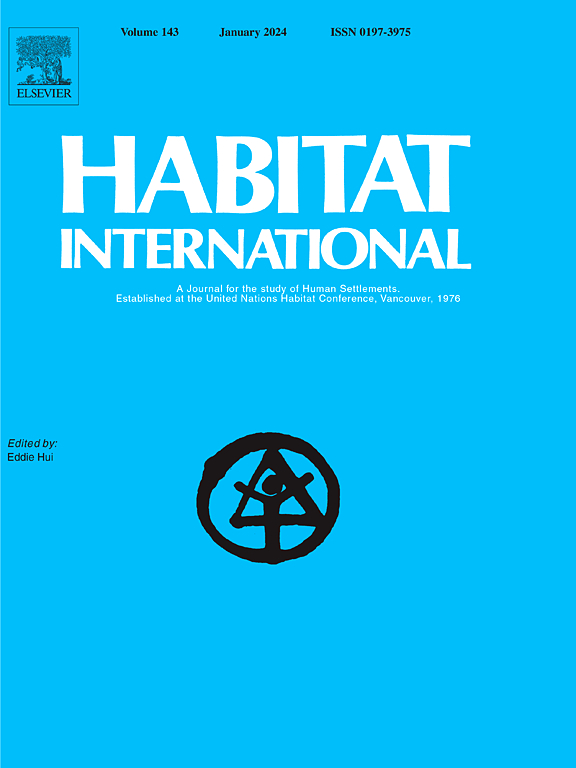中国城市的新陈代谢和能量
IF 7
1区 经济学
Q1 DEVELOPMENT STUDIES
引用次数: 0
摘要
前所未有的城市化和工业化步伐导致中国城市代谢压力大幅增加。这一趋势表明,迫切需要详细说明在广泛的城市中城市代谢性能的长期变化和差异。然而,现有的研究很少对大空间范围、长时间的城市进行评估。本文以2000 - 2020年中国281个城市为研究对象,基于能量分析提供了实证证据。我们将281个城市分为6类,分别是农业城市、轻工业城市、能源生产城市、重工业城市、服务业城市和高新技术城市。我们发现中国城市的代谢绩效逐渐变差。在全国范围内,能源使用总量增长了6倍多,但在2000年至2020年期间,年增长率有所放缓。中国城市环境可持续性指数总体下降83.61%。在城市层面,6类城市的能值表现存在较大差异。农业城市和轻工业城市的可持续性较好;服务型城市面临着巨大的环境压力。此外,我们还调查了未来城市代谢性能和基于五年发展政策的潜在改进。基于现有政策的情景表明,到2025年,总能源使用将经历较慢的增长,大多数城市的能量代谢表现将继续下降。针对六大城市类型的典型城市,提出了因地制宜的政策建议。我们的数据和结果在全国范围内以广泛的空间覆盖范围和较长的时间对中国城市水平的代谢表现进行了全面的观察。本文章由计算机程序翻译,如有差异,请以英文原文为准。
Urban metabolism and emergy of China's cities
The unprecedented pace of urbanization and industrialization caused a massive increase in China's urban metabolic pressure. The trend presents an urgent need for detailing the long-term changes and disparities in urban metabolic performances in a wide range of cities. However, existing studies rarely evaluate cities of large spatial ranges for long time periods. Here, we present empirical evidence of 281 China's cities from 2000 to 2020 based on emergy analysis. We categorized the 281 cities in six types, namely agricultural cities, light manufacturing cities, energy production cities, heavy manufacturing cities, service-based cities, and high-tech cities. We found that China's urban metabolic performance gradually became worse. At national level, total emergy use increased more than six times, but the annual growth rate slowed down between 2000 and 2020. The environmental sustainability index of China's cities in total decreased by 83.61 %. At city level, emergy-based performances among the six types of cities showed considerable differences. Agricultural cities and light manufacturing cities had better sustainability; service-based cities faced high environmental pressure. In addition, we investigated future urban metabolic performance and potential improvements based on the five-year development policy. Scenarios based on existing policies showed that total emergy use would experience slower growth, and most cities continue their decline in emergy metabolism performances in 2025. We provided city-specific policy recommendations to typical cities in six city types. Our data and results gave a holistic view of China's city-level metabolic performances at national scale with a broad spatial coverage and for a long period of time.
求助全文
通过发布文献求助,成功后即可免费获取论文全文。
去求助
来源期刊

Habitat International
Multiple-
CiteScore
10.50
自引率
10.30%
发文量
151
审稿时长
38 days
期刊介绍:
Habitat International is dedicated to the study of urban and rural human settlements: their planning, design, production and management. Its main focus is on urbanisation in its broadest sense in the developing world. However, increasingly the interrelationships and linkages between cities and towns in the developing and developed worlds are becoming apparent and solutions to the problems that result are urgently required. The economic, social, technological and political systems of the world are intertwined and changes in one region almost always affect other regions.
 求助内容:
求助内容: 应助结果提醒方式:
应助结果提醒方式:


